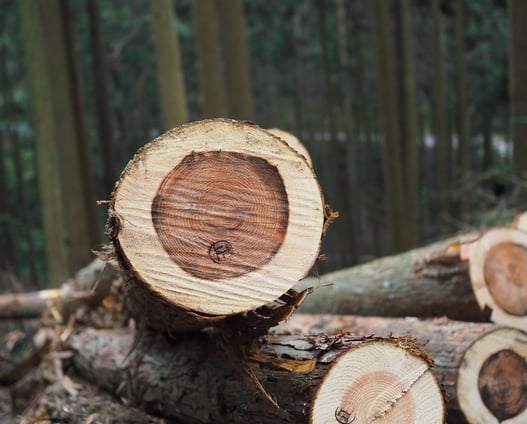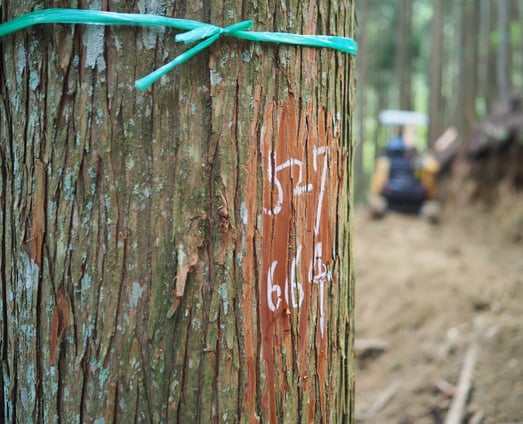Sustainability
Japanese Lumber is committed to sustainable forestry practices that honor Japan’s rich heritage of responsible timber management. Our operations are guided by principles that ensure the health and longevity of Japan’s forests, particularly in the cultivation and harvesting of native species like Japanese Cedar (Sugi) and Japanese Cypress (Hinoki).
Japan’s Legacy of Sustainable Forestry
Japan’s dedication to sustainable forestry dates back centuries, with Horyu-ji Temple being the oldest wooden structure in existence. During the Edo period, a surge in timber demand led to significant deforestation.
In response, Japan implemented comprehensive forest management policies, emphasizing reforestation and sustainable harvesting techniques. These early initiatives have been instrumental in preserving Japan’s forests, which today cover approximately 67% of the nation’s land area.
Sustainable Practices
We adhere to ethical forestry practices by:
Compliance with GOHO Wood: All our timber complies with GOHO standards, Japan’s official certification to combat illegal logging and ensure ethical forestry practices.
Selective Logging: Our mills carefully choose which trees to harvest, ensuring only compatible trees are cut down. This promotes forest regeneration and maintains ecological balance.
Commitment to the Environment
By sourcing and supplying timber in line with sustainable practices, we contribute to:
Carbon Sequestration: Healthy forests absorb carbon dioxide, playing a crucial role in mitigating climate change.
Biodiversity Conservation: Sustainable forestry preserves habitats for countless species, maintaining the rich biodiversity of Japan’s ecosystems.
Cultural Preservation: By promoting the use of traditional Japanese timber species, we help preserve the cultural heritage associated with Japanese woodworking and architecture.
We believe that responsible forestry is not just a practice, but a legacy to be upheld for future generations. Our commitment to sustainability ensures that the beauty and utility of Japan’s native timbers remain available for years to come.







